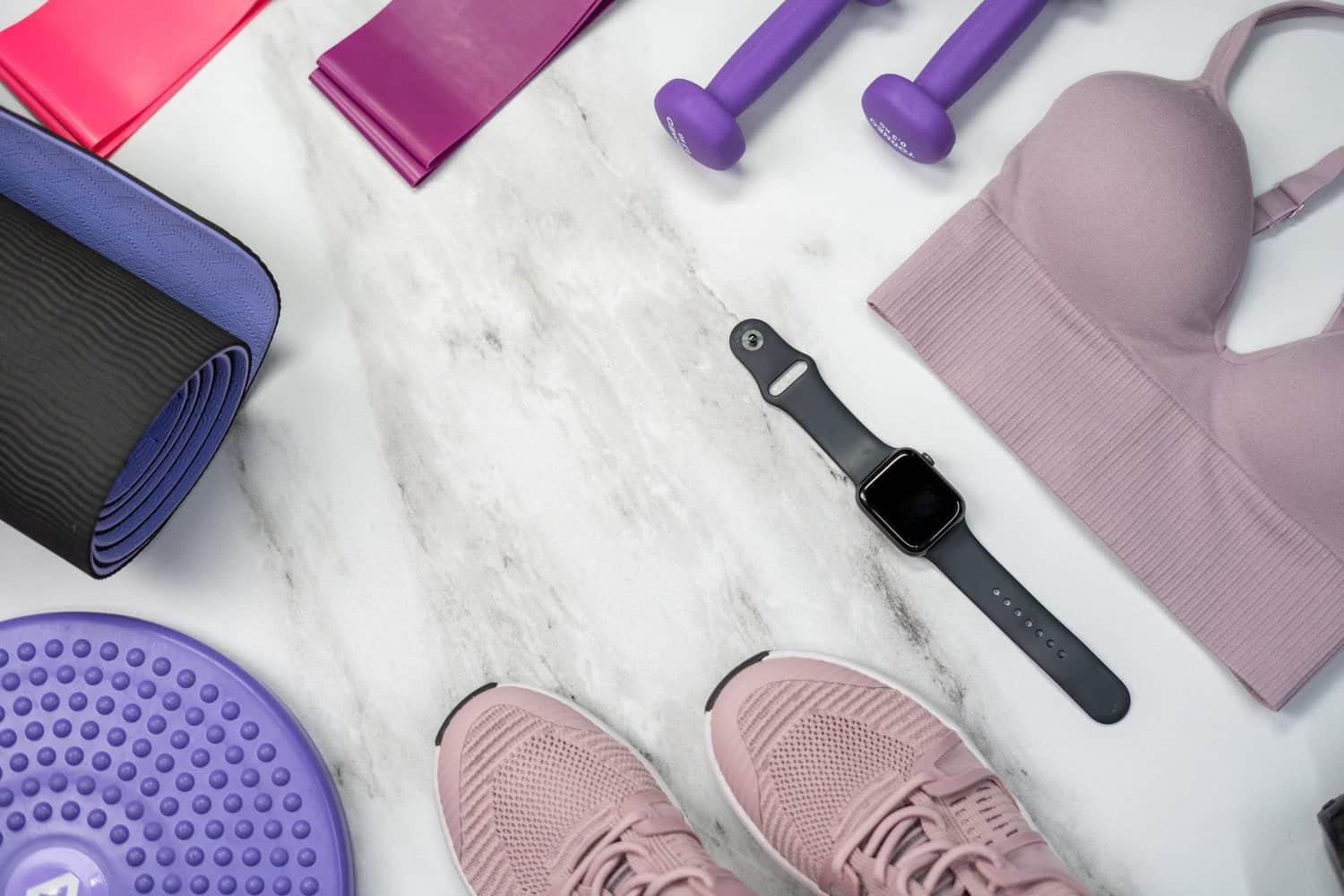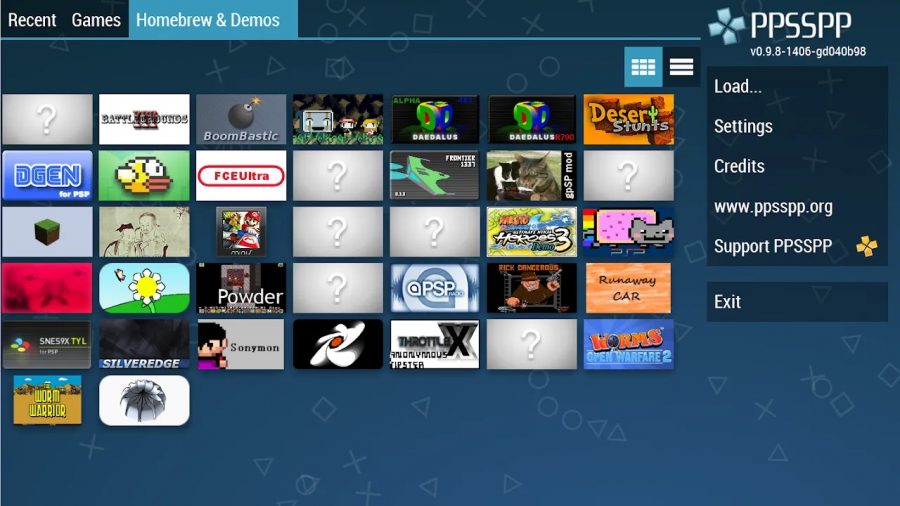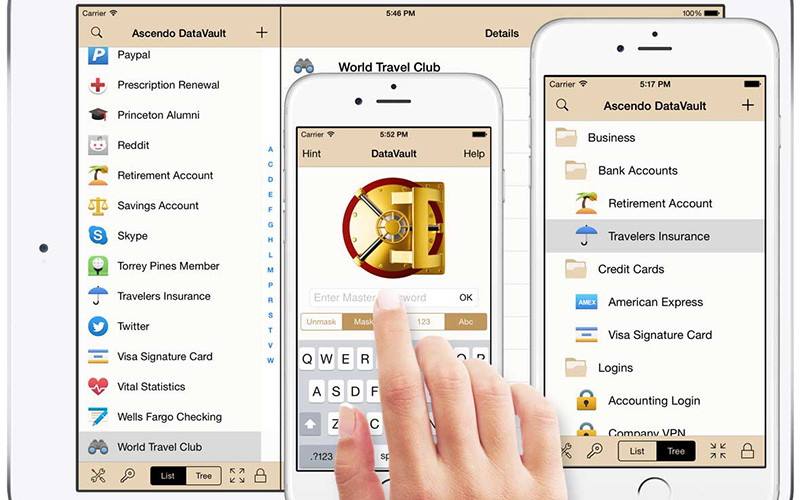Today’s Top 5 Exciting Wellness Technologies

Physical and mental wellness remains to be a major priority for many people. With technology becoming even more advanced, there’s a lot we can expect in the wellness industry. Many of these trends were shaped at the height of the pandemic when many were compelled to stay at home.
As the crisis begins to subside and governments have already eased up their health mandates, we can only see just how far has wellness technology evolved.
Let’s look at the five most important tools that are defining the wellness market right now.
1. VR/ AR Technology
Virtual and augmented reality technologies have been around for some time. Their usage will increase as the fitness industry looks to invest in developing VR/AR systems aimed toward physical and mental wellness. Using VR headsets, fitness enthusiasts can immerse themselves in simulated environments ideal for mindful meditation. AR technology, on the other hand, can also help with monitoring dieting habits. One such app is the Suggestic app which lets users decide the healthier meal options while dining at a restaurant. The market for these apps is guaranteed to expand as new ways of using VR and AR technology become more apparent.
2. Alternative Therapy Tools
Wellness isn’t just limited to conventional methods. Many people are starting to realize the value that alternative therapy tools can bring. From using an Aura Camera to interpret their spiritual energy to installing mindfulness apps, the area of alternative medicine is being redefined with every new disruption that comes along. Recently, there are also apps that help you make informed choices with what herbal products to buy.
3. Wearable Devices
The fitness industry was the first sector to benefit from wearable technology. From smart glasses to fitness trackers, wearable devices are now becoming essential tools for tracking fitness goals and monitoring a user’s overall response to stressful stimuli. By next year, the market is expected to value at $54 billion. As more features are introduced, the market could grow past that projection.
4.VirtualFitness Classes
Over the past two years, people have learned that they don’t need to leave home to work out. They can do exercises and follow a fitness plan at home through live-streamed and self-paced classes. Remote workout programs are gaining a foothold in the fitness sector, so it’s possible for more gyms and fitness centers to offer personalized virtual classes perfect for individuals and groups.
5. Sleep Technology
Now that the average person requires at least nine hours of sleep to function properly, we can only think of the tools that could help people achieve that amount of rest each night. For one, Israeli startup X-trodes has already developed sleep trackers that take the form of a band-aid. Using built-in sensors, these trackers can help detect the onset of sleep apnea and help doctors get a better understanding of how sleeping habits can affect a patient’s overall health.
There’s so much to look forward to as new fitness tools take the spotlight. These tools can help us make better and healthier decisions that will help improve our well-being.




